Blog
Special-Needs Youth in Care: Addressing Overrepresentation & Advancing Strategy
Diversity. Equity. Inclusion. How far do these principles reach when your organizational leaders talk about providing services that ensure the safety and well-being of all children and families? ASCI’s model of kinship care aims to better understand the families we serve and to be aware of their differences and unique needs, while also respecting them and trusting them to know what’s best for themselves. We strive to empower our families. But we must ensure we uphold these values concerning all families regardless of their particular needs.
In discussions involving overrepresentation in child welfare, there are disenfranchised populations that typically dominate the conversation: children of color and those who identify as LGBTQIA2S+. But there is an overrepresented group rarely mentioned by the mainstream child welfare community. So, it’s time we talk about it. Special-needs children and youth are overrepresented in the child welfare system and experience a higher rate of maltreatment compared to children without special needs. Child Welfare Information Gateway reports children with disabilities are at least three times more likely to be abused or neglected than their peers without disabilities and are more likely to be seriously injured or harmed by maltreatment. Moreover, even among children with disabilities, the risk of maltreatment varies by disability type.
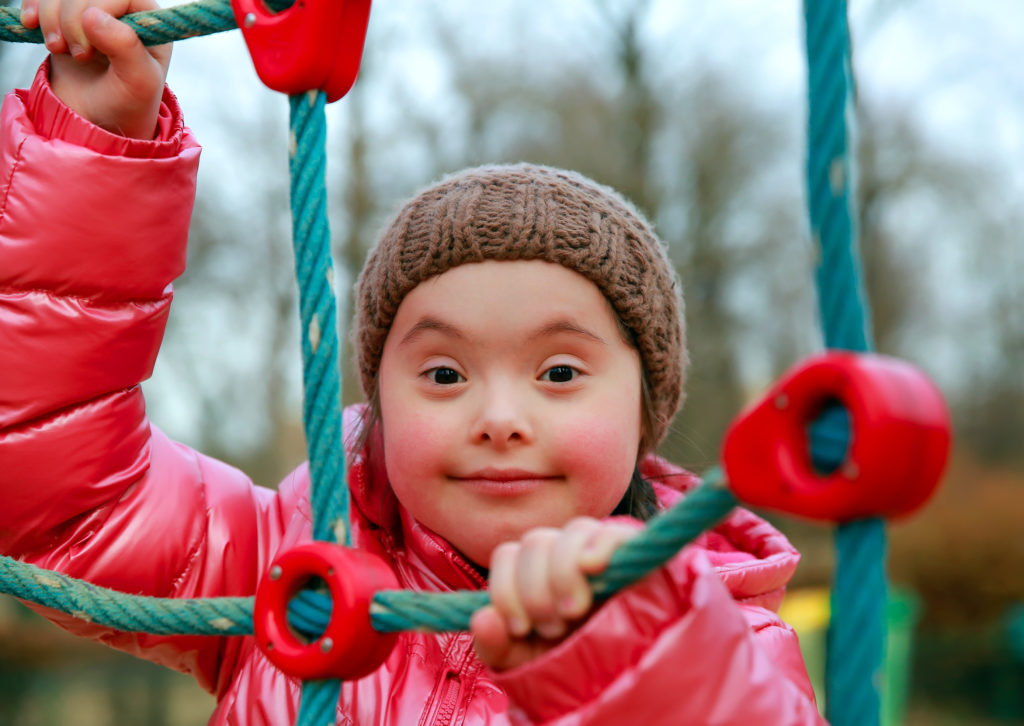
According to David Mandell, director of the University of Pennsylvania’s Center for Mental Health Policy and Services Research, “About half of children in foster homes have a chronic disability that can make caring for them difficult. In fact, many of these children enter foster care because they have complex medical needs that their families cannot manage, often because of limited resources.”
Special-needs children are not only overrepresented, but also face unique challenges in the child welfare system. Permanency is a goal that all children in care must reach. Unfortunately, reaching this critical goal continues to be challenging for special-needs foster kids. Children with disabilities also experience more frequent termination of their parents’ rights, and fewer are reunified with their parents or placed with kin. As such, these children tend to experience longer waits for adoption and are often faced with the detriment of aging out of the system. The longer these children languish in foster care, the longer they may wait before their conditions are assessed or treated, which threatens their development, health and futures.
The Centers for Disease Control and Prevention (CDC) defines a disability as “any condition of the body or mind (impairment) that makes it more difficult for the person with the condition to do certain activities (activity limitation) and interact with the world around them (participation restrictions).” A disability can limit a person’s capacity to function physically, mentally or socially, can be temporary or permanent and can present at birth or at any point during a person’s life.

And, surprise! Being diagnosed with a disability by a physician or psychiatrist does not guarantee that federal or state law will recognize a person as having a disability. As such, child welfare professionals must possess specific competencies and skills unique to serving and advocating for children with special needs—and pass that knowledge on to parents and caregivers—beyond the typical programming aimed at managing behavioral issues.
Understanding various types of disabilities and their effects on children and youth is critical to providing them and their families the best possible services and developing appropriate, timely permanency plans.
Early Detection and Intervention
In CW360°’s “The Intersection of Child Welfare and Disability: Focus on Children,” University of Central Florida lecturer Dr. Marisa Macy explains, “Early detection efforts should be included as a standard practice in the social service system so children at risk for developing a delay/disability are identified at the earliest point in time.” Children who enter child welfare may experience negative environmental factors—neglect, abuse, exposure to violence, etc.—and at certain ages, such factors put children at greater risk of developing a delay or disability. Moreover, if left untreated or undiagnosed, impairments can pose long-term threats for young children in the future.
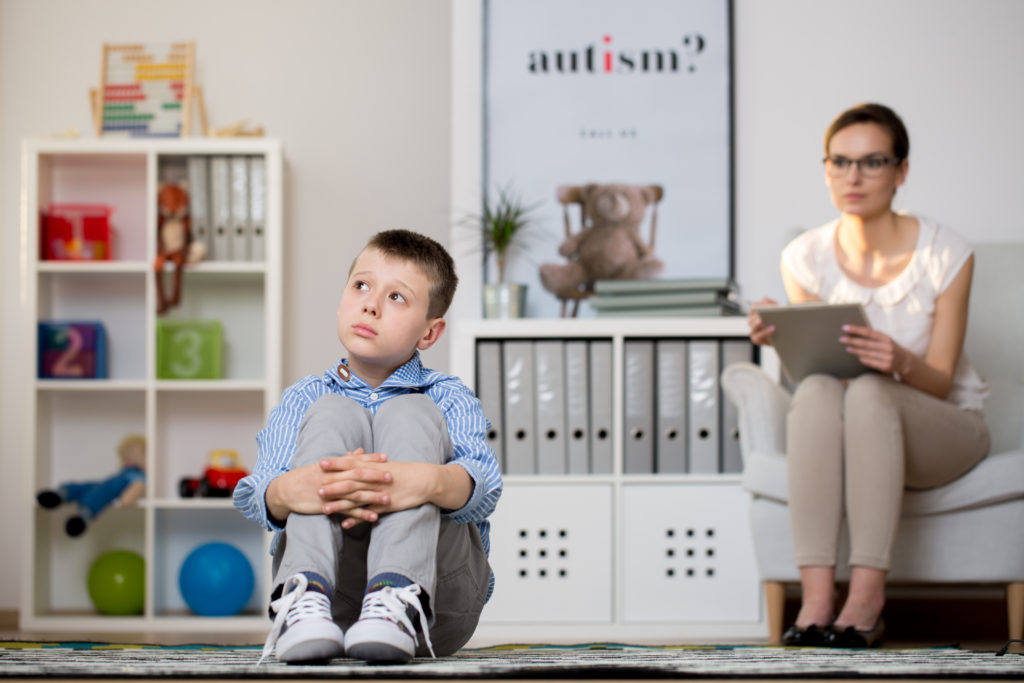
Many young children also enter the child welfare system after being born with chronic disabilities that often cannot be prevented, as their parents may not have the support or capacity to adequately care for them. Early detection and intervention remain critical in these circumstances, as negative long-term effects can also hinder a timely permanency process (e.g., caseworkers may not be abreast of all the services needed to ensure caregivers or prospective adoptive parents know what their child’s care entails).
Children with developmental or intellectual disabilities may need a range of early intervention services that include not only therapy, but also medical assistance. For example, “Many children with Down syndrome have medical issues,” explains Stephanie Thompson, Director of the National Down Syndrome Adoption Network. “Close to 60% have heart issues or heart defects. Close to 40% will have a bowel issue of some sort. Children [with Down syndrome] can also have chronic issues related to their ears, their vision, their sinuses, etc. They have smaller nasal cavities, smaller ear canals. So, it can create a range of chronic issues. They are eligible to receive early intervention as young as 6 weeks of age, as long as their pediatrician gives the OK for the child to start.”
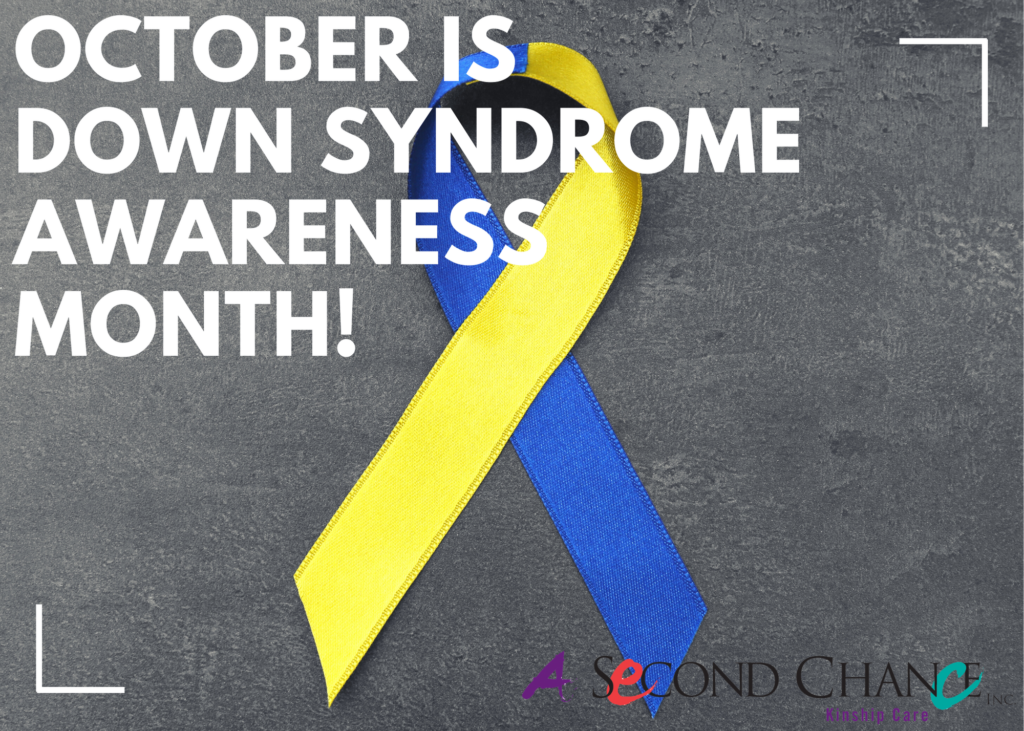
Thompson also stresses the importance of making sure children receive echocardiograms and hearing tests at birth. If conditions are detected any later, children could experience breathing difficulty and/or constant low energy, which will delay their development with eating or communicating. “It’s those small things that workers may not have knowledge [about], that children with Down syndrome have,” she says. “Having a higher chance of [better] heart and hearing [health] can help [these children] in the future.”
Early-intervention systems can act as a preventative health priority to improve child and family outcomes. Moreover, when prospective caregivers or adoptive parents receive full disclosure and information about a child’s disability—as assessed during early intervention—in addition to appropriate pre-placement training and affordable and accessible post-placement supports, they are better prepared to meet the needs of that child.
Family Intervention
When possible, family can be the ultimate resource for parents, caregivers or prospective adoptive parents caring and seeking permanency for children with disabilities. The support of family is invaluable for children with disabilities, as well as for those caring for them, as it provides a consistent flow of care and treatment and helps them to build and maintain strong emotional connections.
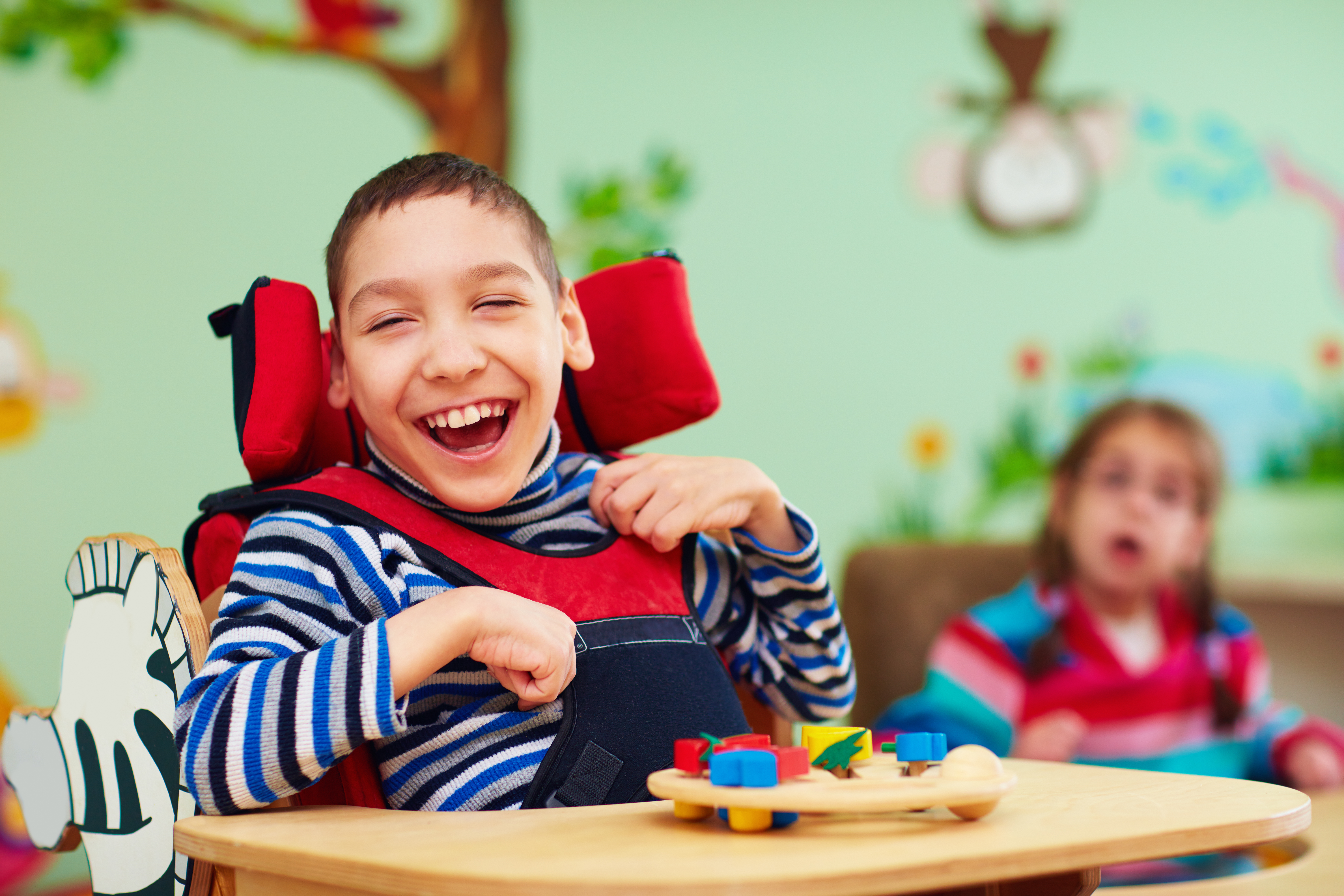
According to the American Academy of Pediatrics (AAP), “children cared for by different providers working in shifts, such as in pediatric skilled nursing facilities, develop less strong emotional connections with caregivers compared with children being cared for in family homes.” Thus, by ensuring rapid permanency plans are in place, these children will be able to have stable family environments that aid in their development.
Support for families
As with all families, early supportive services can prevent special-needs children from coming into the system in the first place. Birth parents who may struggle to care for their children with disabilities need as much support as possible from therapists, medical personnel, etc., to relieve some of the stressors associated with fulfilling their children’s needs, as well as to help them advocate on behalf of their children. This can lower the chance that these children will end up in the child welfare system.
Thompson, who previously worked as a direct support for birth parents whose children received Down syndrome diagnoses, she believes empowerment and constant communication can help significantly. “We may get 75-80 calls a year from new or expecting parents,” she explains. “About half decide to parent and I tell them, ‘Congratulations. Here is who you should contact,’ and I give them a list of places they need to contact. So, I start them on their way of supporting their child. Because of that, there will be a better outcome.”
Moreover, according to the AAP, “parents who care for their children at home have been noted to do best when supported by professionals who value their input and work together with them toward common goals.” While supporting children with disabilities through the permanency process is the primary goal, supporting families caring for these children is just as critical. Evidence suggests that families raising children with chronic medical conditions experience positive effects on family cohesion and overall appreciation for life.
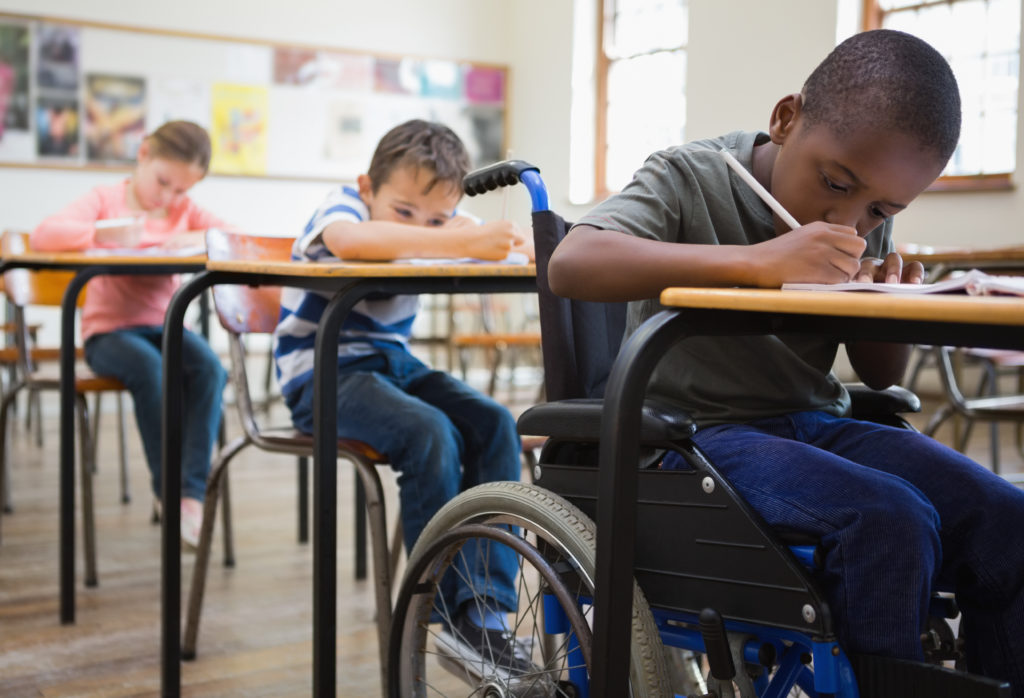
Caregivers and adoptive parents who take care of children with disabilities often experience increased levels of stress, as these children often require extra time, attention and care. By making support services and resources readily available to caregivers and adoptive parents, they will be able to better care for the children in their care and feel empowered to advocate for them.
“The first thing I tell families is that they’re not alone. They may feel like they may be the only family who received that diagnosis. I did. I have a biological son, and I remember feeling like I was the only one who had ever had a child diagnosed with Down syndrome,” Thompson shares. “We have a whole community of families who have a child with Down syndrome. Knowing that they aren’t alone and knowing that there is support out there relieves the burden of not knowing where to ask for help and where to seek resources. I also connect them with their local Down syndrome parent group. Connecting them to that group is connecting them to a whole community of advocacy information, resources and support. Not only for the child, but [also] for the family.”
The Role of Advocacy
While providing quality services is the first step, special-needs children also require quality health care, a good education and safe places to live and play in order to develop and thrive in the future. Child welfare workers, as well as parents, caregivers and adoptive parents, should possess special characteristics and training in order to best meet the needs of children with disabilities. More specifically, Thompson lists some of these characteristics as “patience, creativity, the ability to think outside the box… [and] very strong advocacy skills so you can advocate for the best medical and educational needs of the child, or therapy needs of the child, etc.”
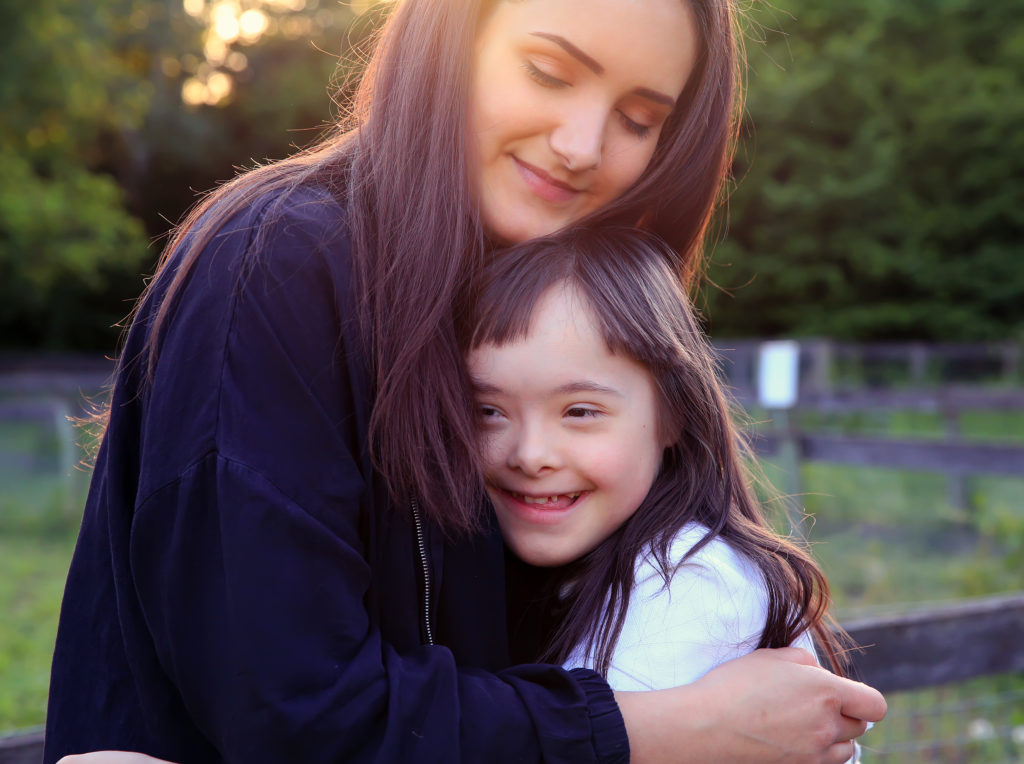
Although foster parents may receive some specialized training, it may not be enough to help them adequately care for these children. Thus, disability policy, especially specific to health care and child welfare systems, should be designed to help biological and adoptive parents safely care for special-needs children and keep them at home.